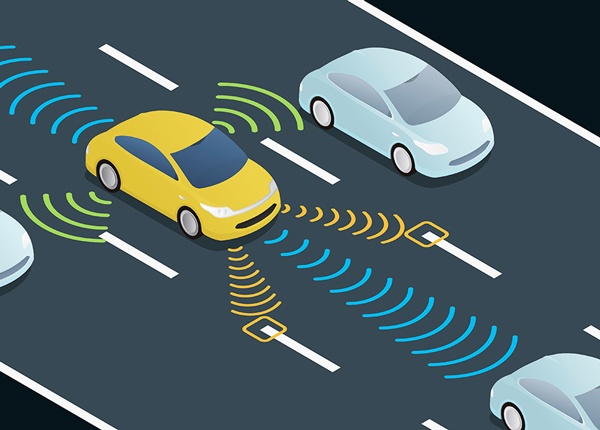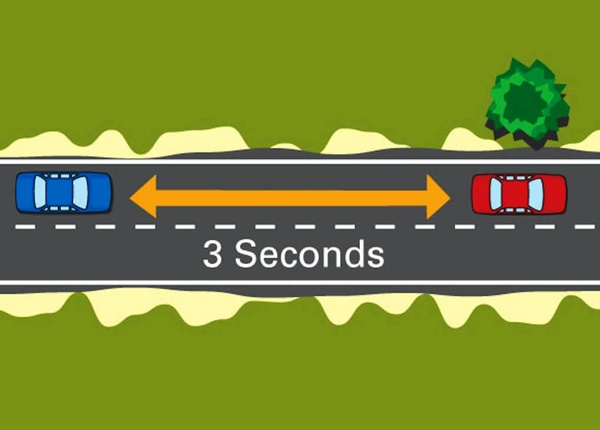
The Importance of Visual Targeting for Driving: Scanning the Path of Travel
Updated Dec. 15, 2020To make safe driving decisions and respond to roadway hazards in a timely manner, drivers must absorb a great deal of visual information, pick out important details and analyze what they have learned. Gleaning enough information from the roadway environment requires active viewing, you cannot simply stare into space ahead of your vehicle and hope to take in all necessary details.
Perception time is the length of time it takes a driver to see and understand a situation. Visibility, the condition of the driver and the roadway environment can all influence perception time. To shorten perception time and allow fast, effective responses to upcoming changes and hazards, drivers should utilize a technique known as visual targeting.
Picking a visual target
Visual targeting is the practice of focusing your attention on a stationary object which is 12 to 20 seconds ahead of your vehicle. As you move closer to your visual target, you should then select a new fixed object within that 12 to 20-second window, repeating this process continuously as you move along the roadway.
A visual target can be any object that is not going to change position as you approach it, such as a road sign, parked vehicle, tree or building. The object must be in the center of your field of vision so that focusing on it allows you to look directly ahead and absorb an equal amount of information from your left and right. Making visual targeting a habit will encourage you to scan ahead and keep your attention focused on roadway events.
Target area
The target area is the portion of the roadway where your visual target sits, including the area immediately to the left and right of the object. While focusing on your visual target, you will also be receiving and assessing information about your target area and all the space prior to it, between your vehicle and the target. As you approach your target area, look out for traffic control devices and changes in traffic flow that may require action.
When you reach your target area, choose another visual target on the roadway ahead. Targets should always be chosen based on the safest path of travel that takes you to your desired location.
Path of travel
Your path of travel (POT) is the stretch of roadway between you and your target area, over which you will travel as you move towards the target. While focusing on your visual target you must still be tuned-in to events and situations along your path of travel and adjust your driving behavior accordingly. For example, if a pedestrian crossing sits somewhere on your path of travel, you will need to reduce your speed and yield to pedestrians before fixing a new visual target and proceeding.
Line of sight
Your line of sight (LOS) is a direct line between your eyes and any object your gaze lands on. Most of the time while driving, your line of sight will be focused toward your target object. It is important to keep the line of sight between you and your target area as clear as possible. As you progress along the roadway, the situation may change so that curves in the road, the landscape, street infrastructure or another vehicle may enter your line of sight.
If your line of sight is completely cut off by an obstruction, slow down and proceed cautiously until your view of the target area is restored. If safely possible, change lanes or alter course to re-establish your line of sight.
Active scanning
Collecting visual information about the roadway environment and scanning ahead must be an active process. This can be a challenge for new drivers, particularly those who are accustomed to using their eyes passively while staring at a TV, tablet or computer screen.
Do not wait for information to come to you while you’re driving. Instead, train yourself to seek out information and look for dangers everywhere within your path of travel. If you practice proper visual targeting every time you drive, actively scanning the roadway will soon become a habit. Eventually, choosing a target area on the road up ahead will become completely automatic – you will not even realize you’re doing it!




